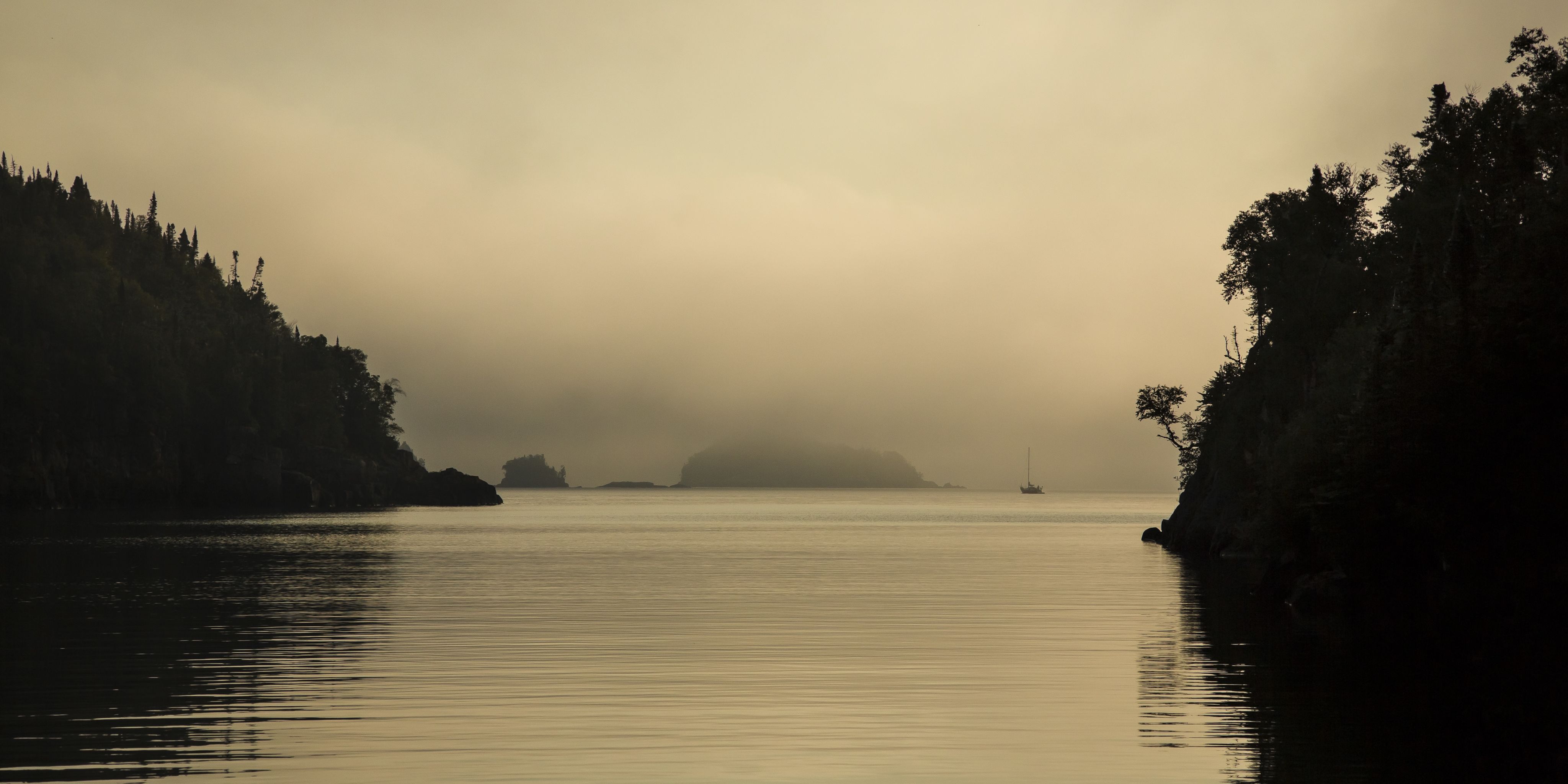Journey to the Top
Exploring Canada's High Arctic Islands

The Arctic Archipelago, situated at the extreme north of the North American continent, is made up of 94 major islands and more than 36,000 minor ones.
Few ever get to see these striking northern islands. Fewer still are lucky enough to be repeat visitors. Candice Stuart has led a variety of multi-day trips to the High Arctic for more than 12 years and has developed a love of the land.
We invited Candice to share her photos and experiences from the islands of the Canadian High Arctic.
Meet Candice Stuart
The first time Candice Stuart laid eyes on the High Arctic was in 1995.
She was an undergraduate student at Ontario's Trent University and took a trip to Expedition Fiord on Axel Heiberg Island — which at 80°N is very close to the North Pole — to research glaciers.
She was immediately smitten.
"Landing on the off-strip runway in Expedition Fiord was the first time that I truly understood how small I was in the grand scheme of things — this place was dynamic, large, beautiful, bold," she said. "It felt like home."
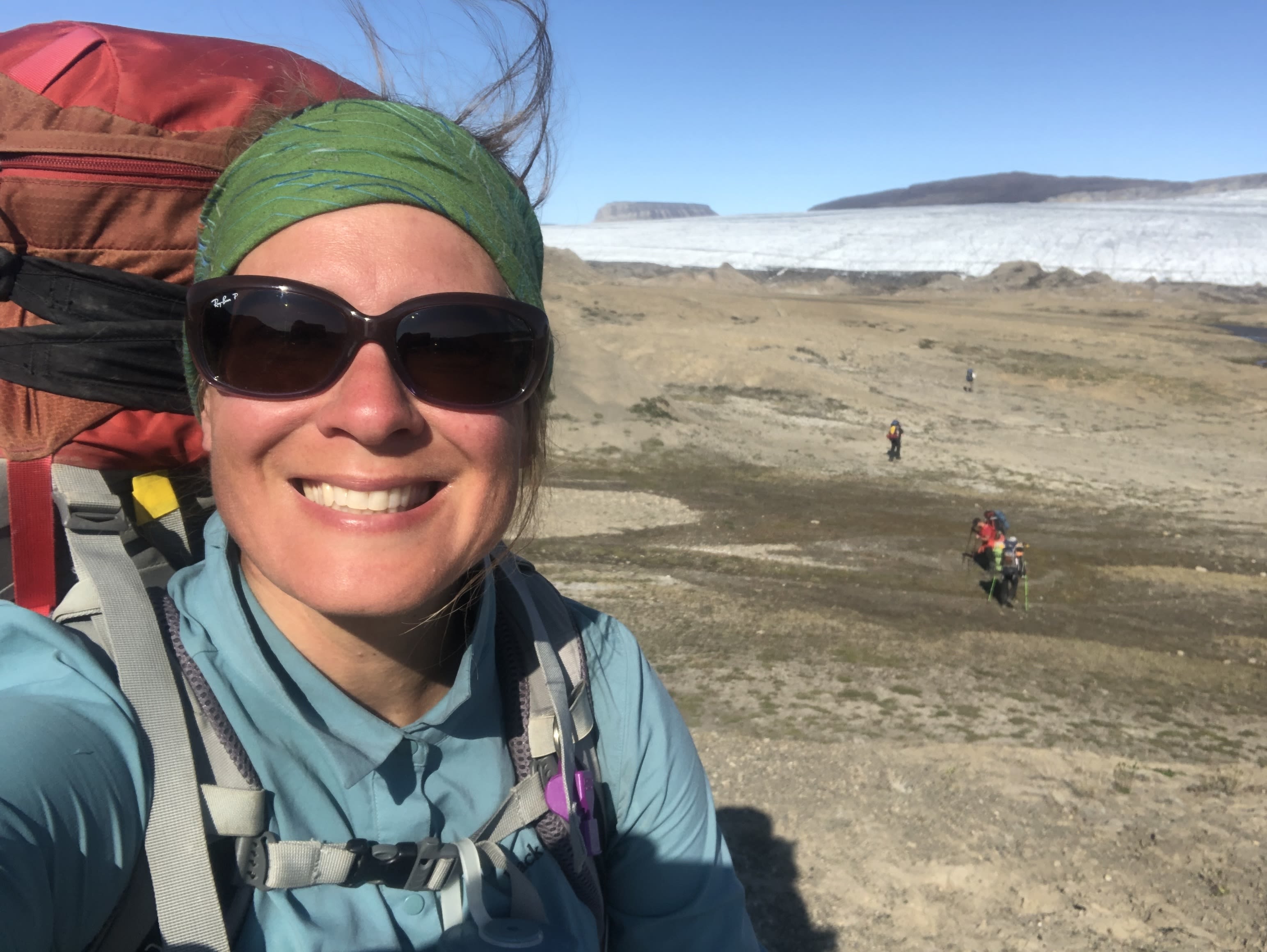
Today, Candice continues to make frequent trips up to the Arctic Archipelago as a guide with Black Feather, a Canadian wilderness adventure company.
As a guide, Candice has watched the joy and disbelief on people's faces as they take in breathtaking views, see wildlife up close or find petrified wood that has washed out of an ancient glacier.
"The thing most people comment on is the sheer size and vastness of the area," she said. "And how quiet things are. There are no trees, thus wind is quiet. Also, the air smells and feels different."
Scroll down to read Candice's accounts from the High Arctic, her views of wilderness guiding and to see the incredible images she's captured on her many trips to the Far North.


Q. Not many people have had the privilege of visiting the High Arctic. Can you describe the landscape?
"The High Arctic is a mix of the Innuitian Mountains, the Arctic Lowlands and the Canadian Shield.
The areas I have spent time are mountainous, with rugged and jagged peaks, glaciers and icefields that seem to go on forever, unforgiving shorelines that house hidden egress points and random beaches and water that is sometimes so blue it looks like a shade straight from a tropical Crayola crayon box.
There are icebergs and multi-year sea ice pans, meltwater ponds on both sea and glacial ice, crystal clear creeks and raging cappuccino-coloured rivers. It is dynamic and raw and impressive and cautiously inviting. When the flowers are in bloom there are majestic pops of bright colours, attracting bees and butterflies, spiders and moths. It feels peaceful and sacred."
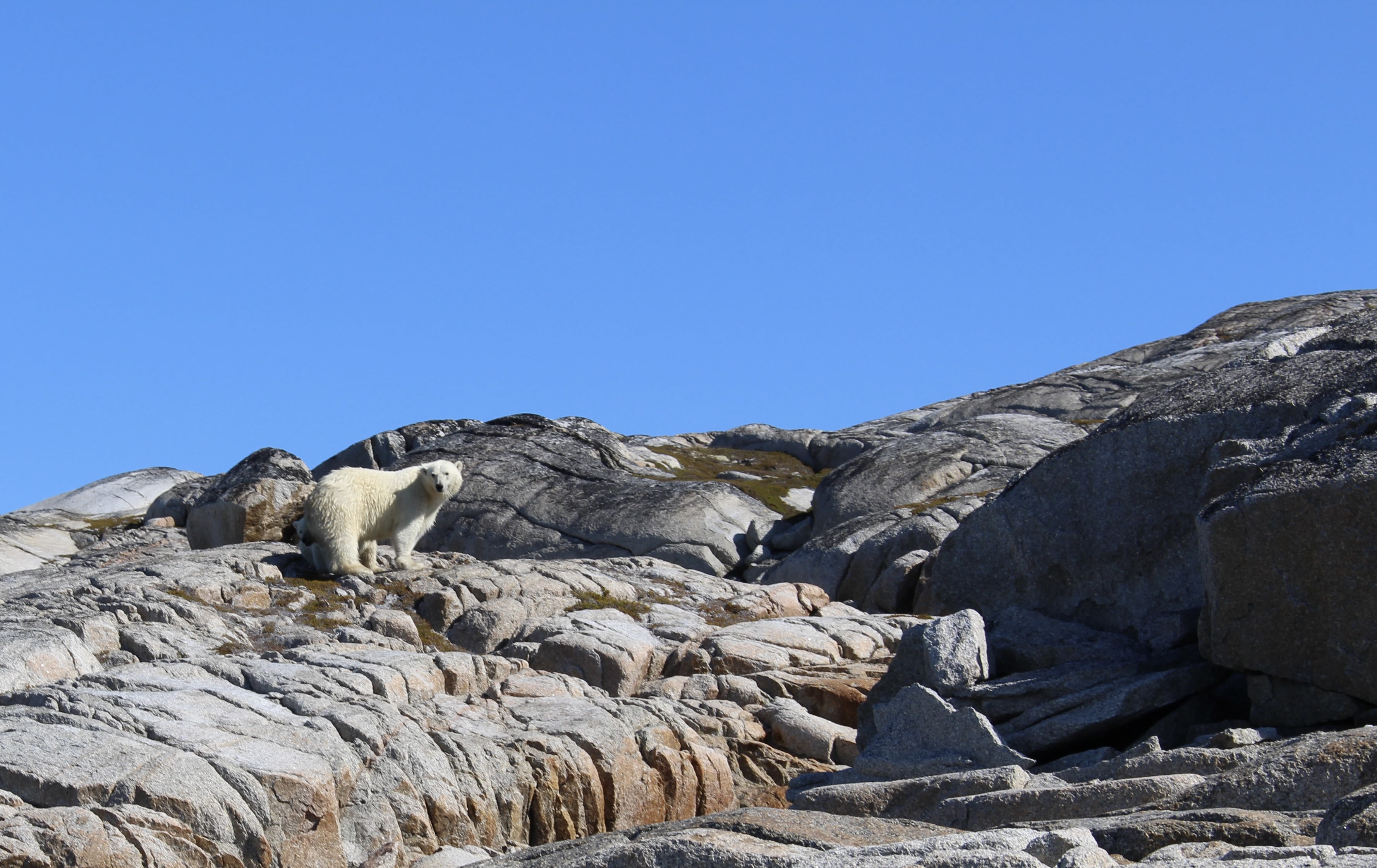

Q. Can you relay an experience that stands out for you while guiding in the High Arctic?
"Last summer I had a truly humbling and personal experience on northeastern Ellesmere Island.
We had pulled our kayaks out at a summer gathering site used by pre-Dorset, Dorset and Thule alike for 5,000 years. There are artifacts everywhere, and after some conversation on where to put tents — we were staying for a few nights here — and what to be mindful of, myself and the other guide took pause.
I could feel the energy of the place vibrating through me, I could hear singsongy voices and laughter, like the people from the past were still there today, sharing their excitement at connecting with old and new friends, telling news, sharing food.
It was one of the most magical moments I have had in the north."
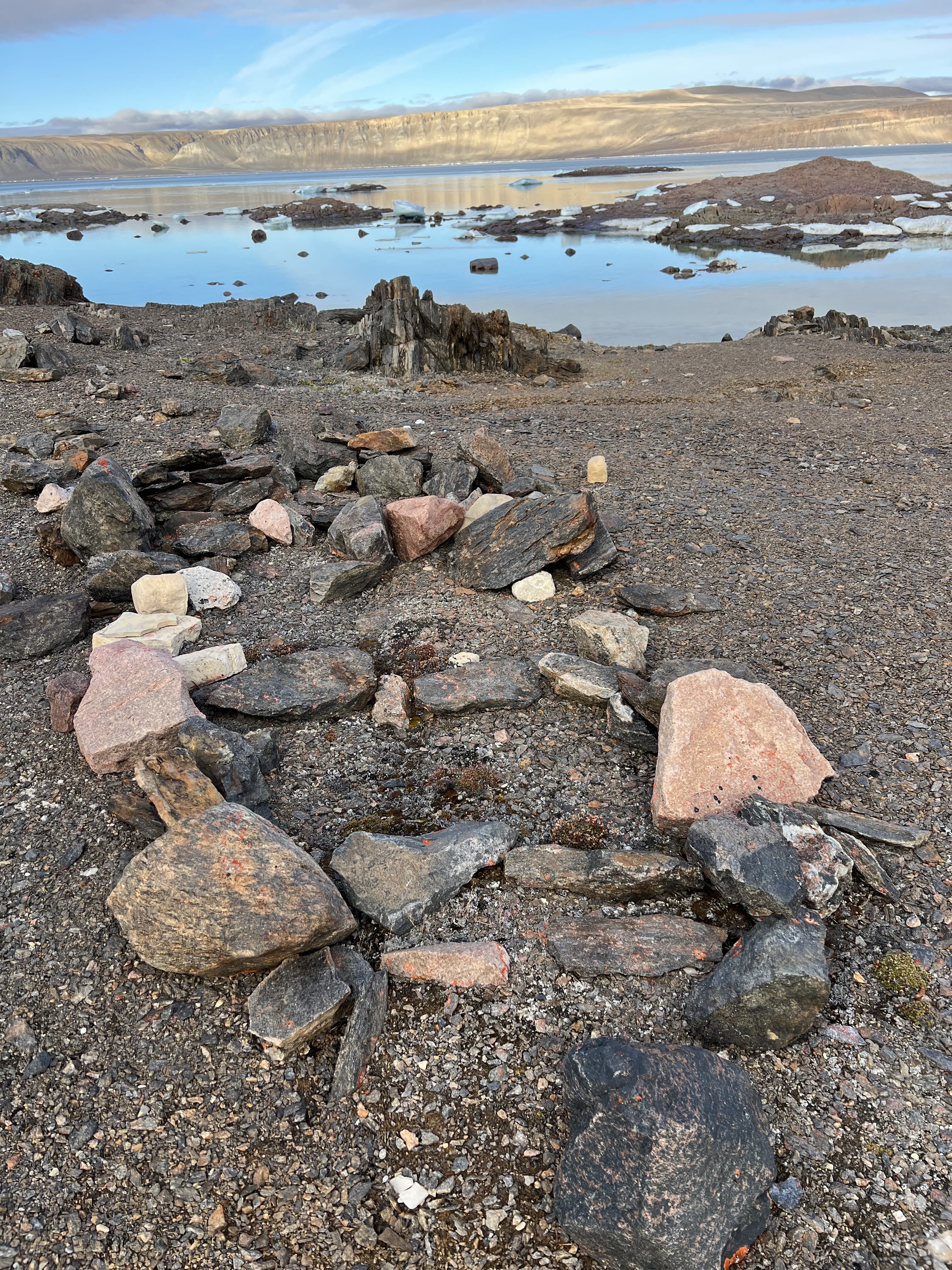
"This land holds the stories of people, past and present."
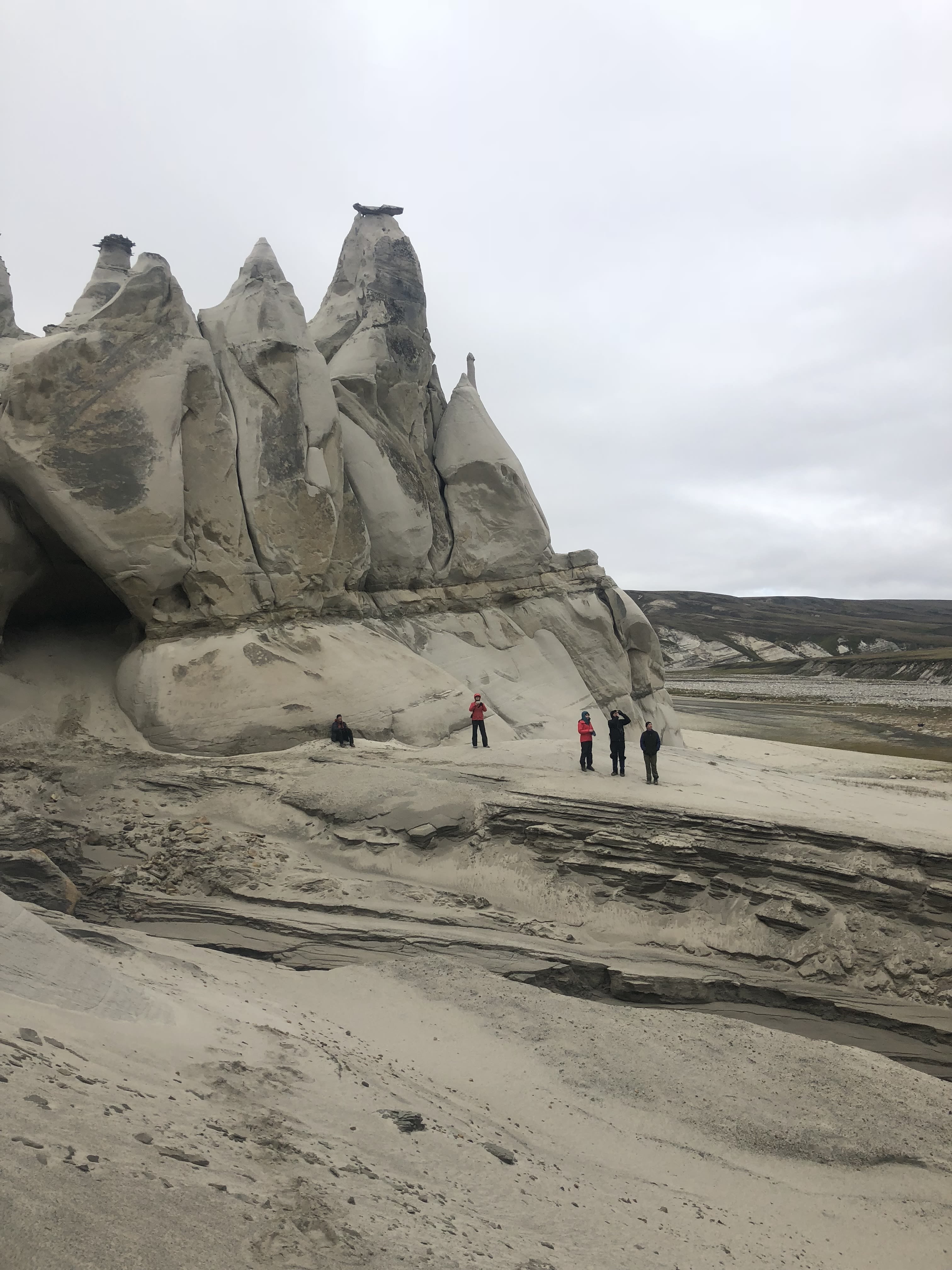
Q. How many years have you been guiding trips?
"I have been guiding wilderness adventure trips since 2001. This has been a mix of leading trips in an Outdoor Education program (specialized, ten-day canoe trips) through an adventure-expedition style children's camp in the Temagami area of Ontario and most recently, for the last 12-plus years, with Black Feather focusing on High Arctic travel.

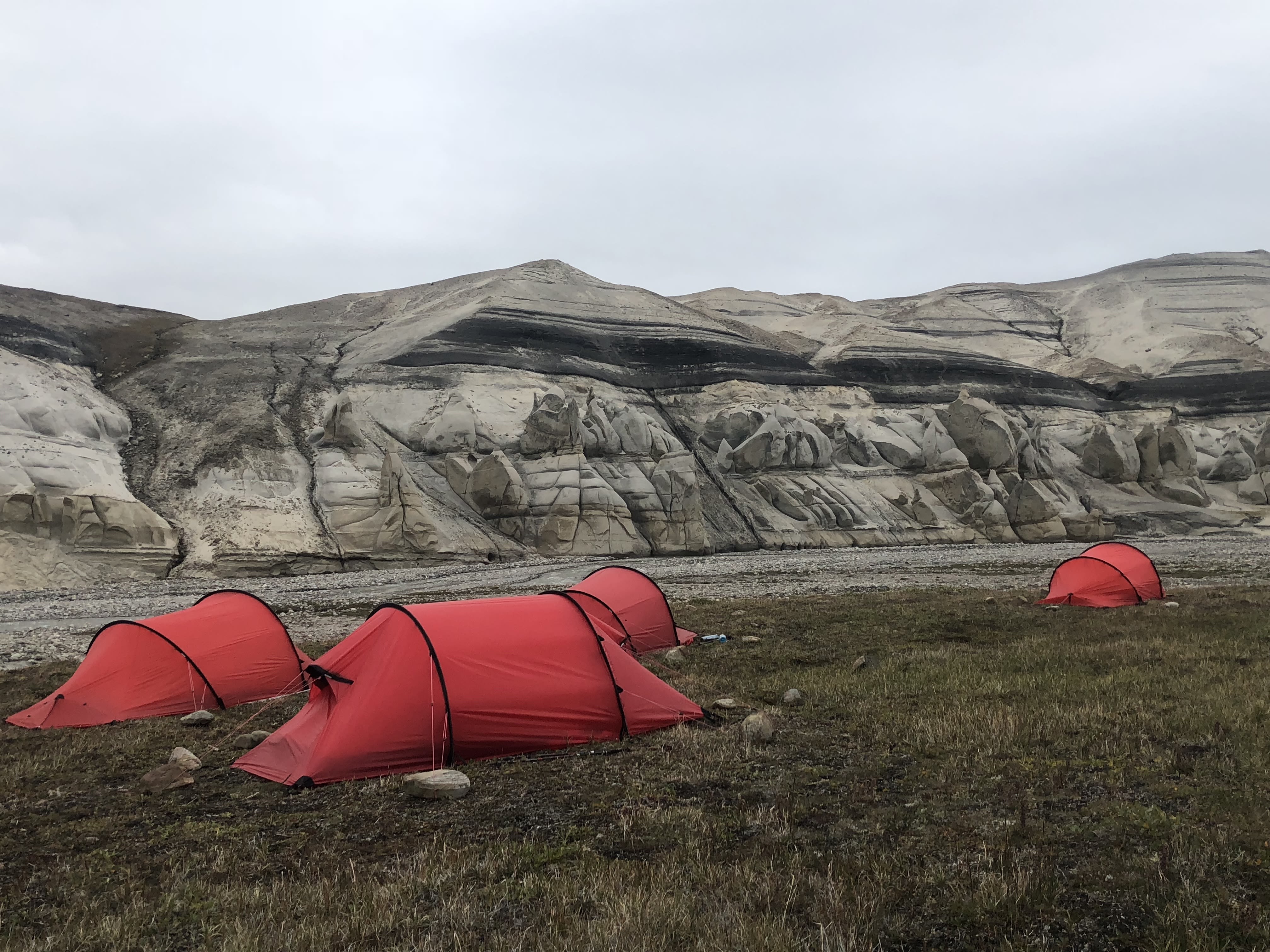
Q. What made you interested in becoming a wilderness adventure guide?
"My interest was born in high school, at the age of 17, doing a co-op placement with our Outdoor Education department at the local school board. I had to do a project on someone in the industry and I picked Wendy Grater, then owner and guide extraordinaire of Black Feather."
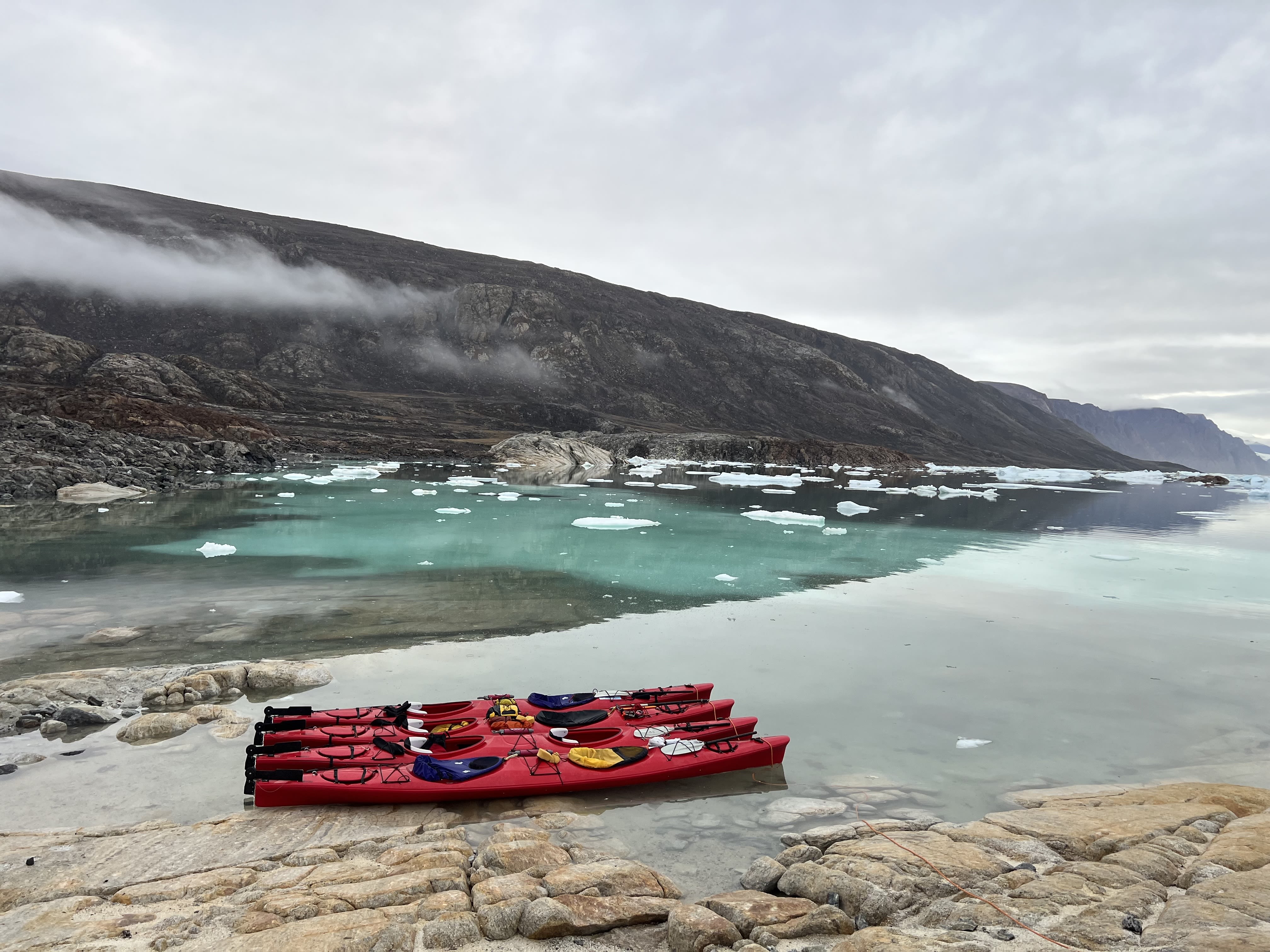
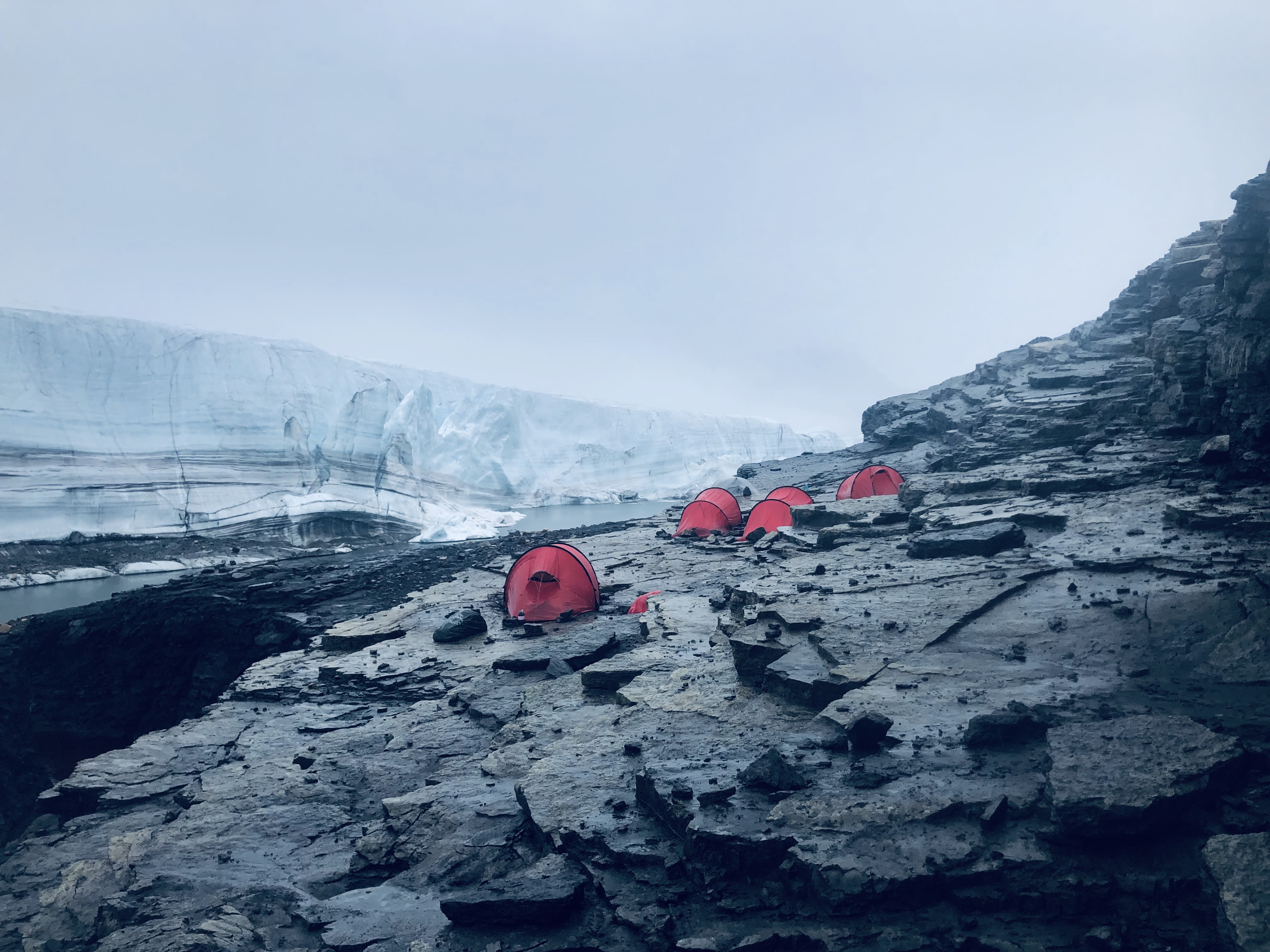
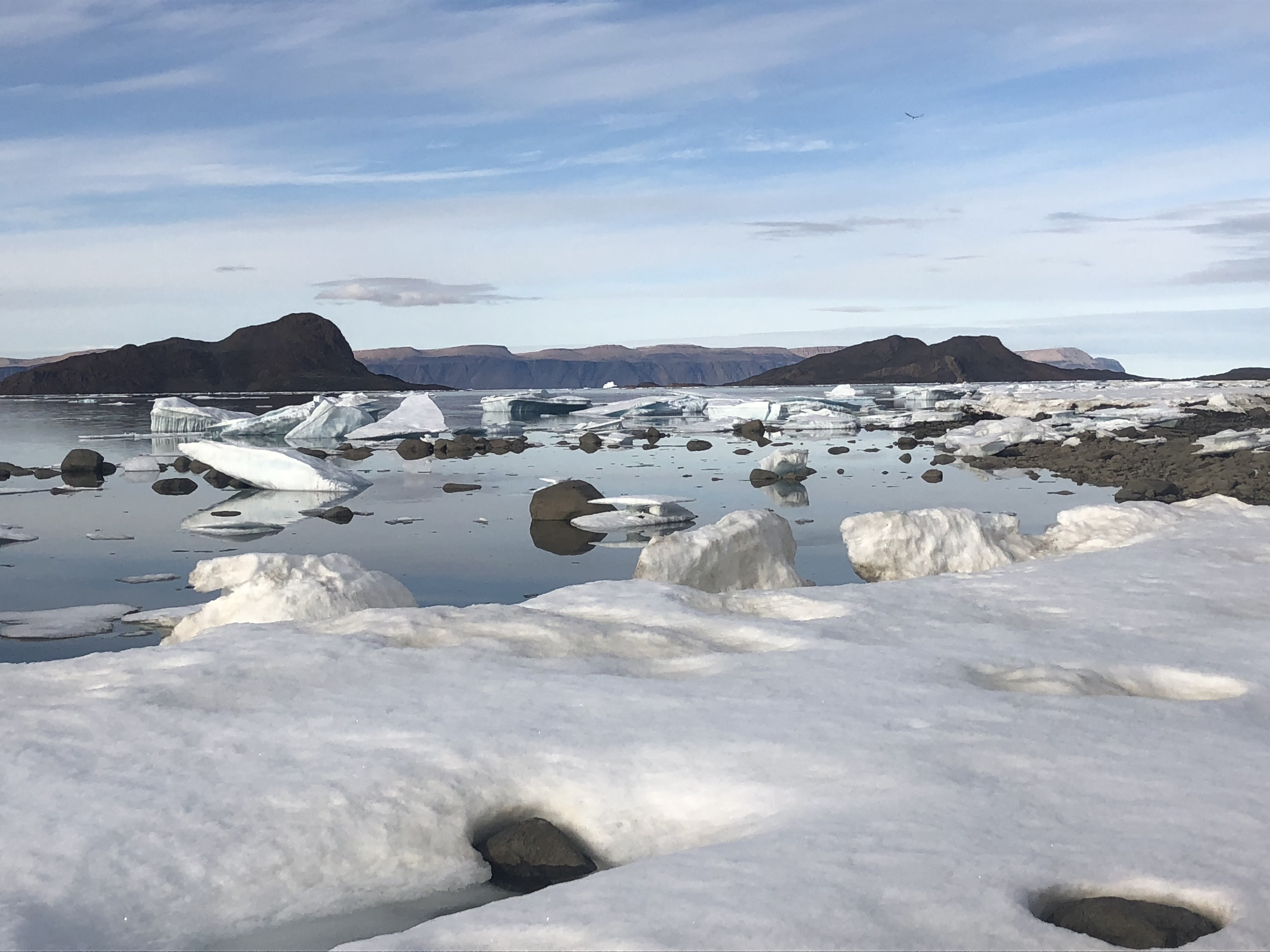
Q. Why is it important to travel with an experienced guide, such as yourself, when visiting wilderness areas like the High Arctic?
"First off, they will have knowledge of the place and space you are visiting, be it cultural, scientific, route finding and flora and fauna.
Black Feather guides are versed on the areas we travel to and many of us return year after year, so we have longevity in the area and can talk to the changes we are currently experiencing with global warming and climate change.
As well, we often feel personal connections to these places, reading accounts and trip logs and stories from past travellers, as well as nearby community members, to broaden our knowledge and share with our guests.
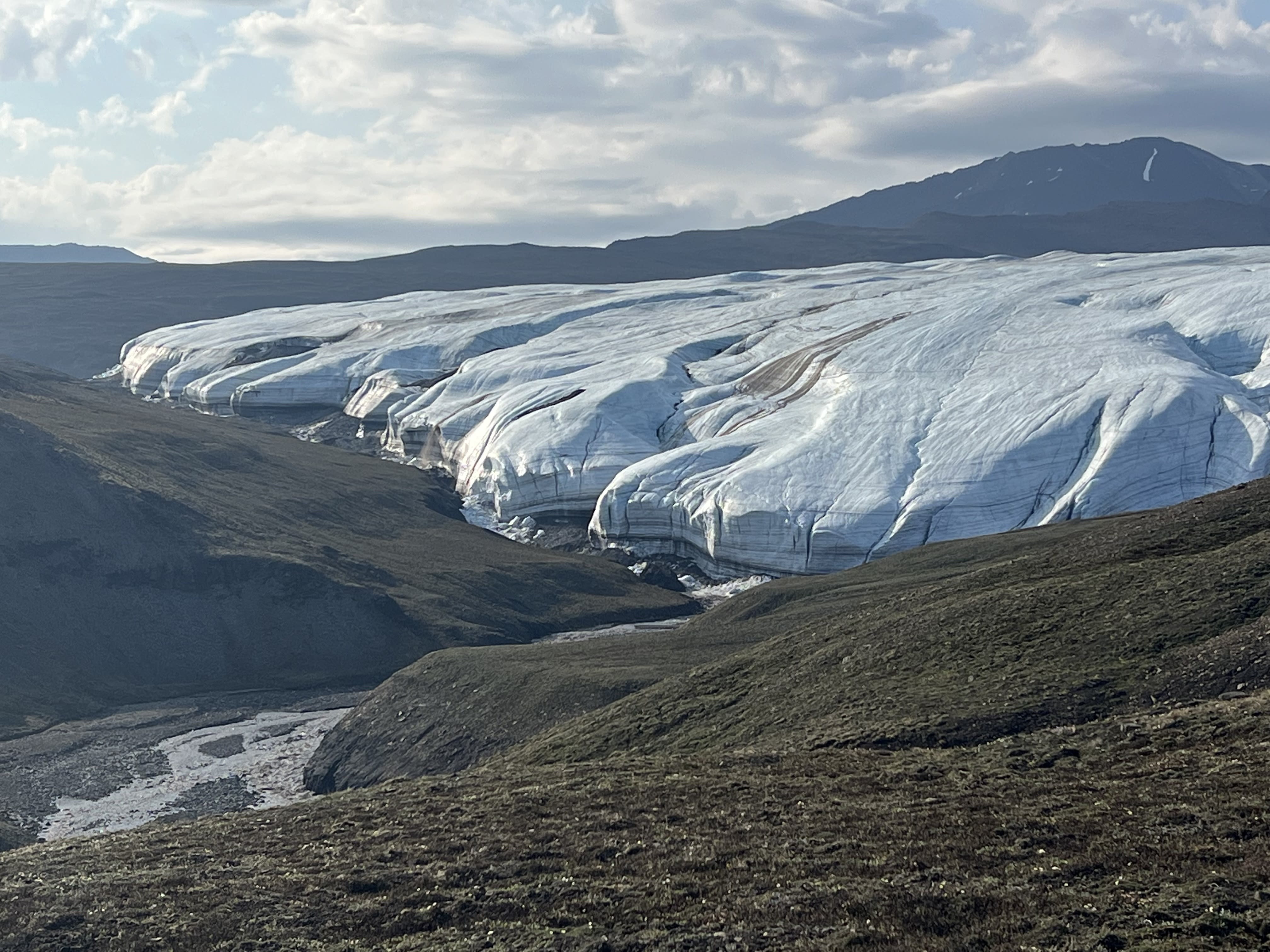
Secondly, we have skill sets obtained through training, courses and certifications on how to navigate and travel safely pre, during and post trip. This includes identifying plants and animals, knowing what to do, how to cross streams safely, navigating the dynamic landscape, weather, first aid and so on.
This extends to travelling lightly on the land, trying to minimize our "in the field" footprint, leaving no trace as best possible.
Finally, safety is not compromised with a trained wilderness guide as we operate at or above current industry standards."
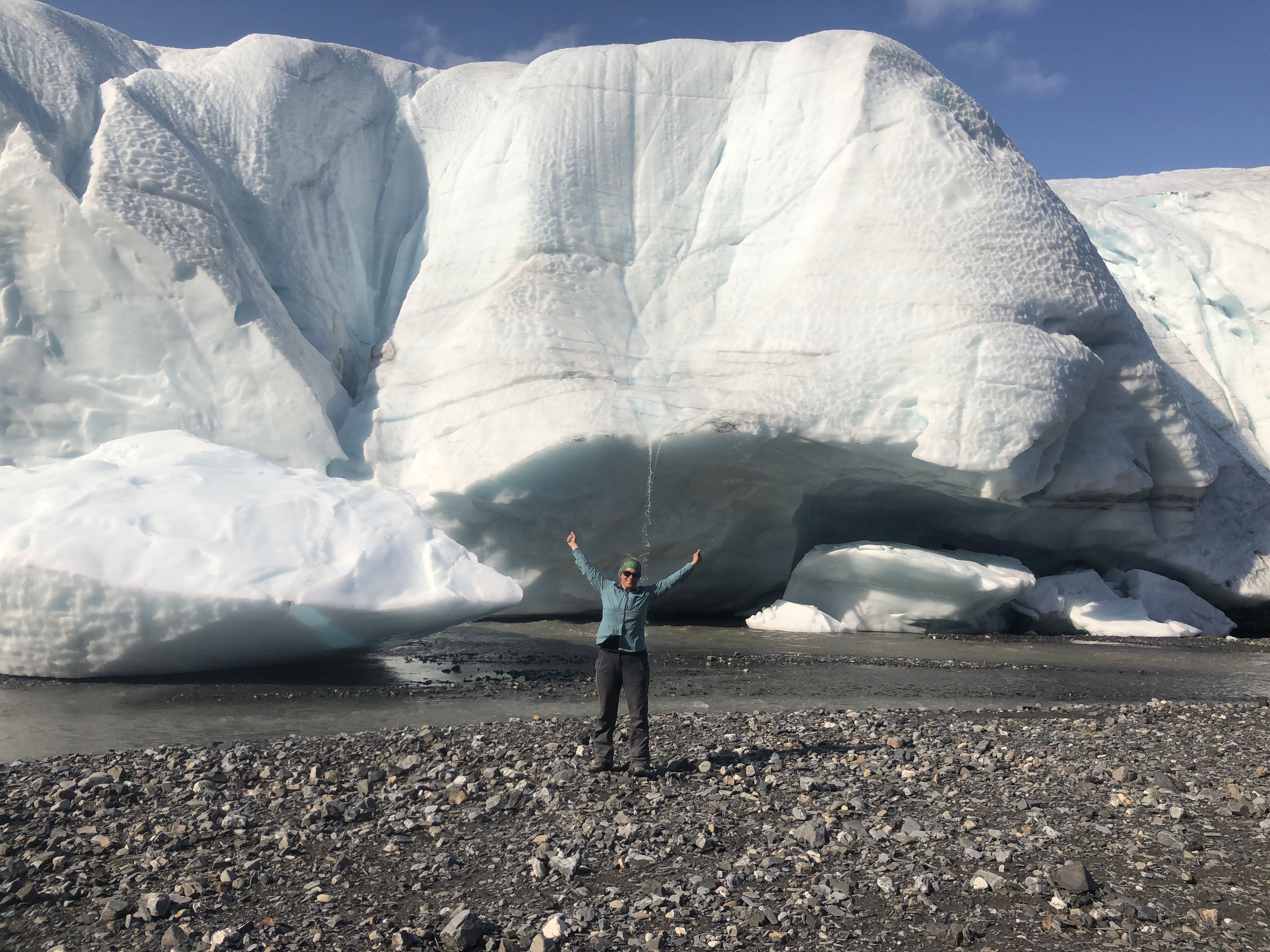
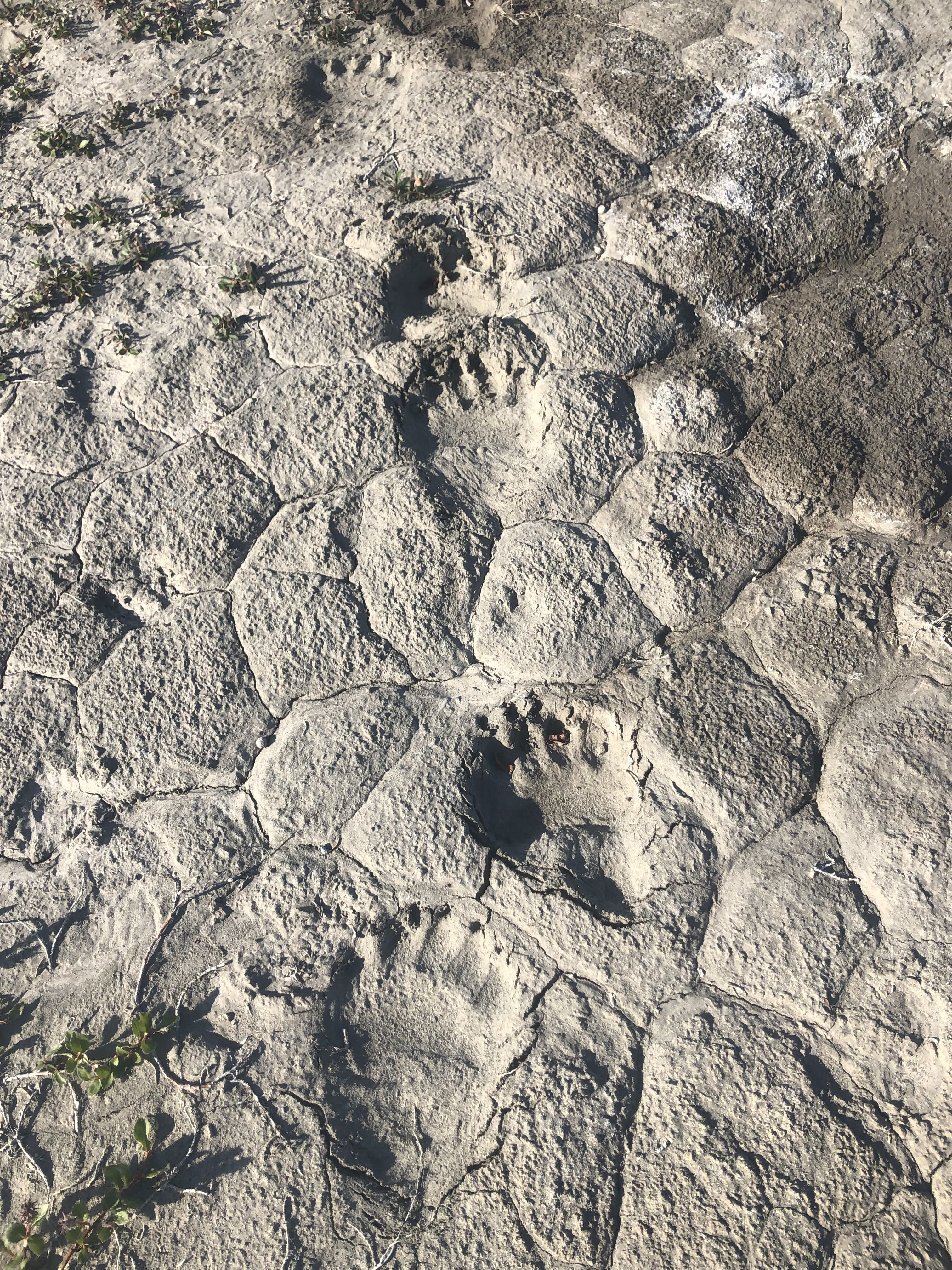
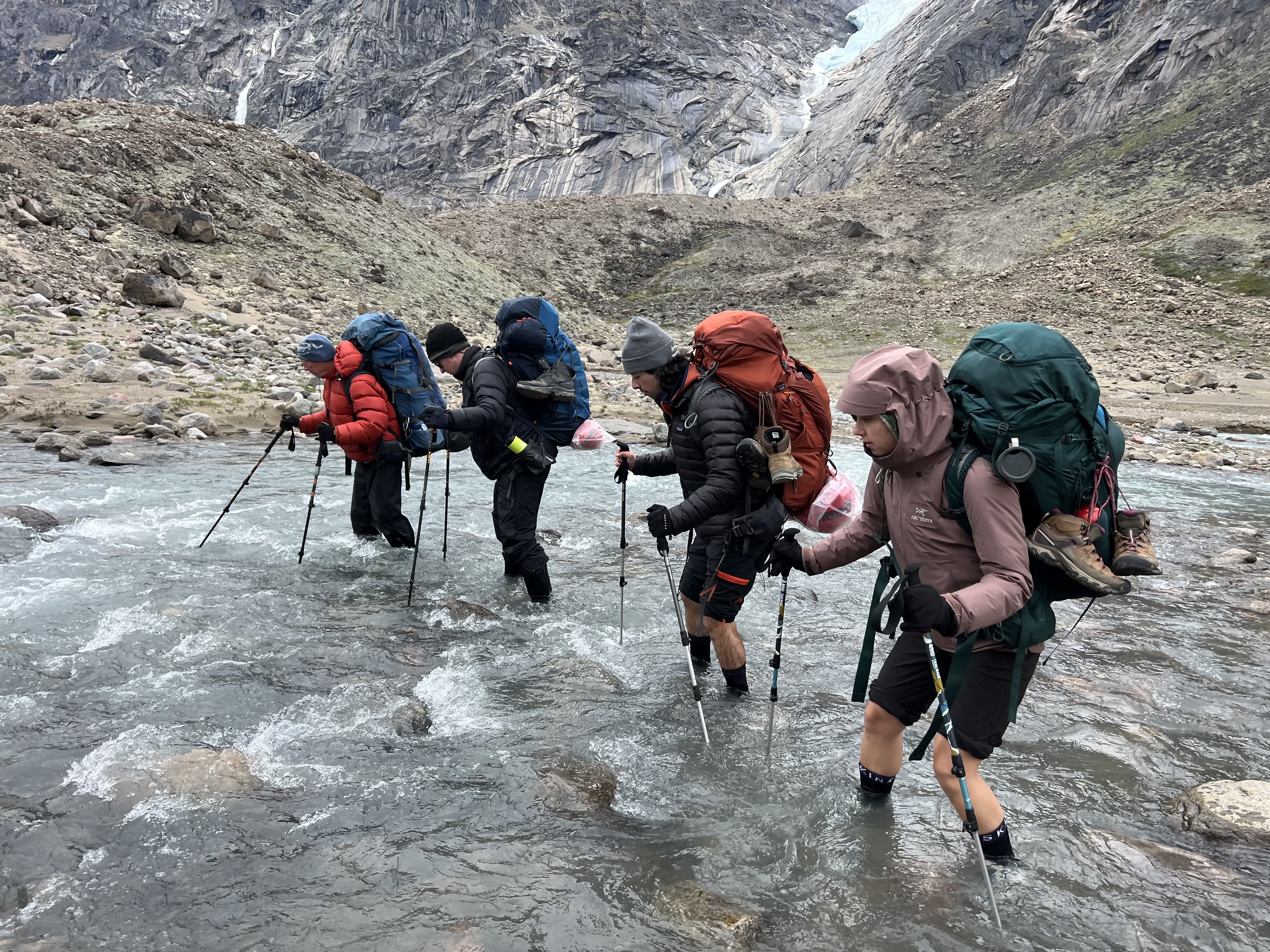
Q. Do you have any tips for people who are travelling to Canada's wilderness areas on how to treat the land?
The land is fragile.
You can see marks in the northern landscape from the 1950s that still look fresh today. Be mindful of where you step, leave nothing behind, take only photos, and understand that this land holds the stories of people, present and past.
Understand how the environment works in the area you are travelling to so you can use best practices with backcountry camping techniques — food storage and handing, dealing with food and human waste, setting up tents to minimize impact and maximize safety (we are often in polar bear country).
The High Arctic is not very biodiverse so we do need to be mindful of the impact we have, it takes a very long time for the land and water to recover from human impacts.
I would also add that most wilderness areas in Canada have been and are home to many First Nations, Métis and Inuit. If travelling to these areas, you need to acknowledge this and learn what you can, preferably from Indigenous voices, about their homes.
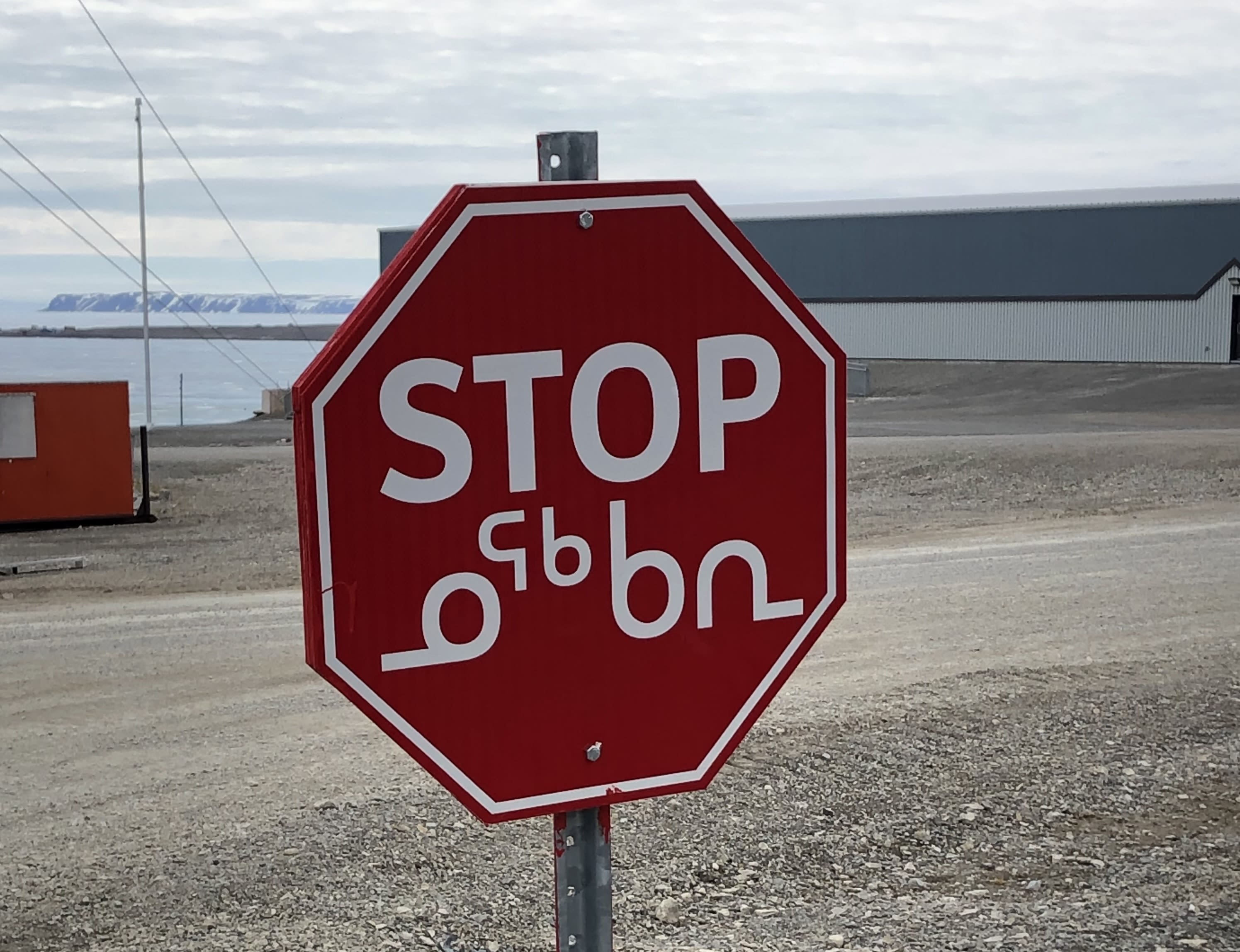
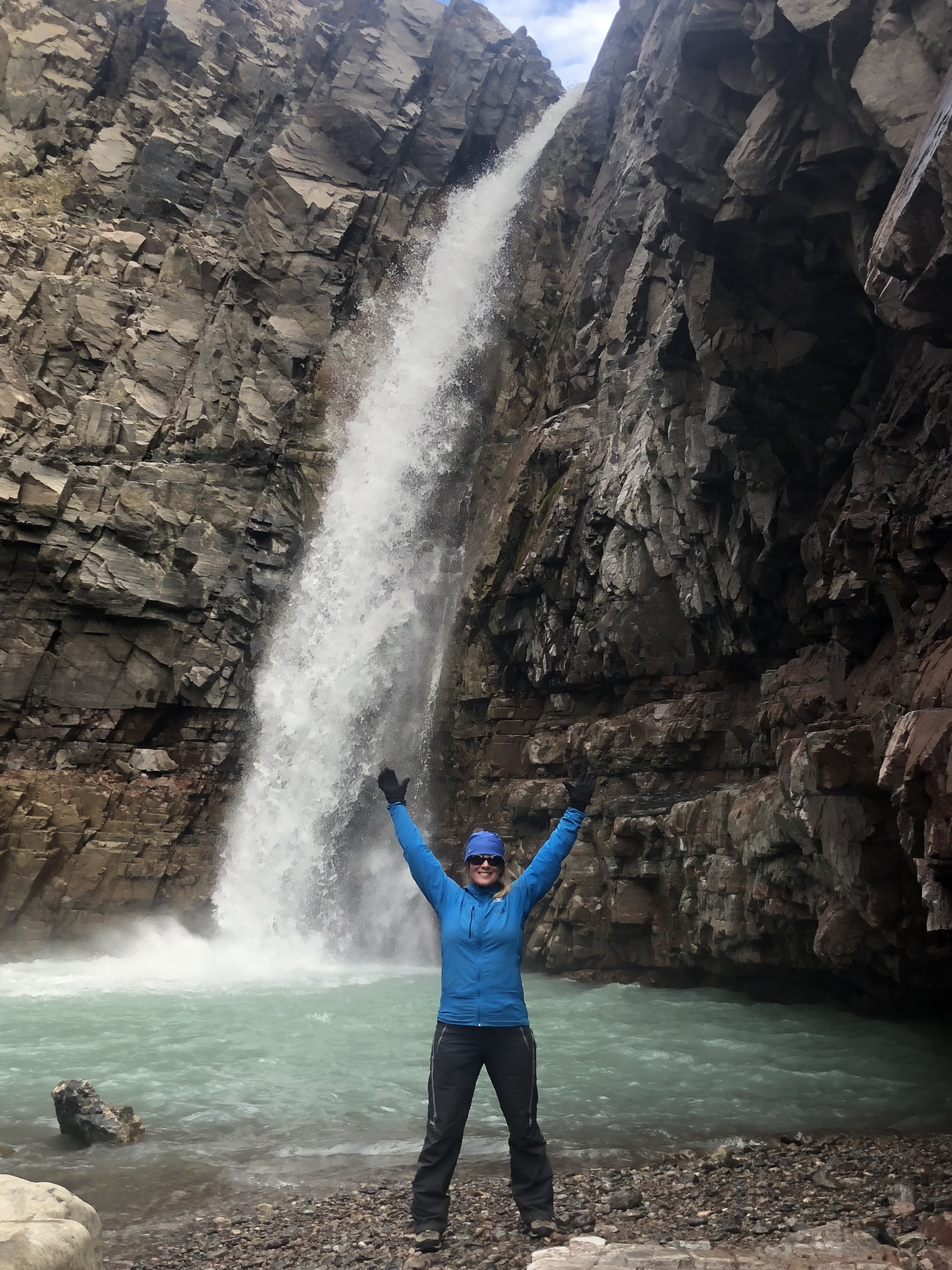

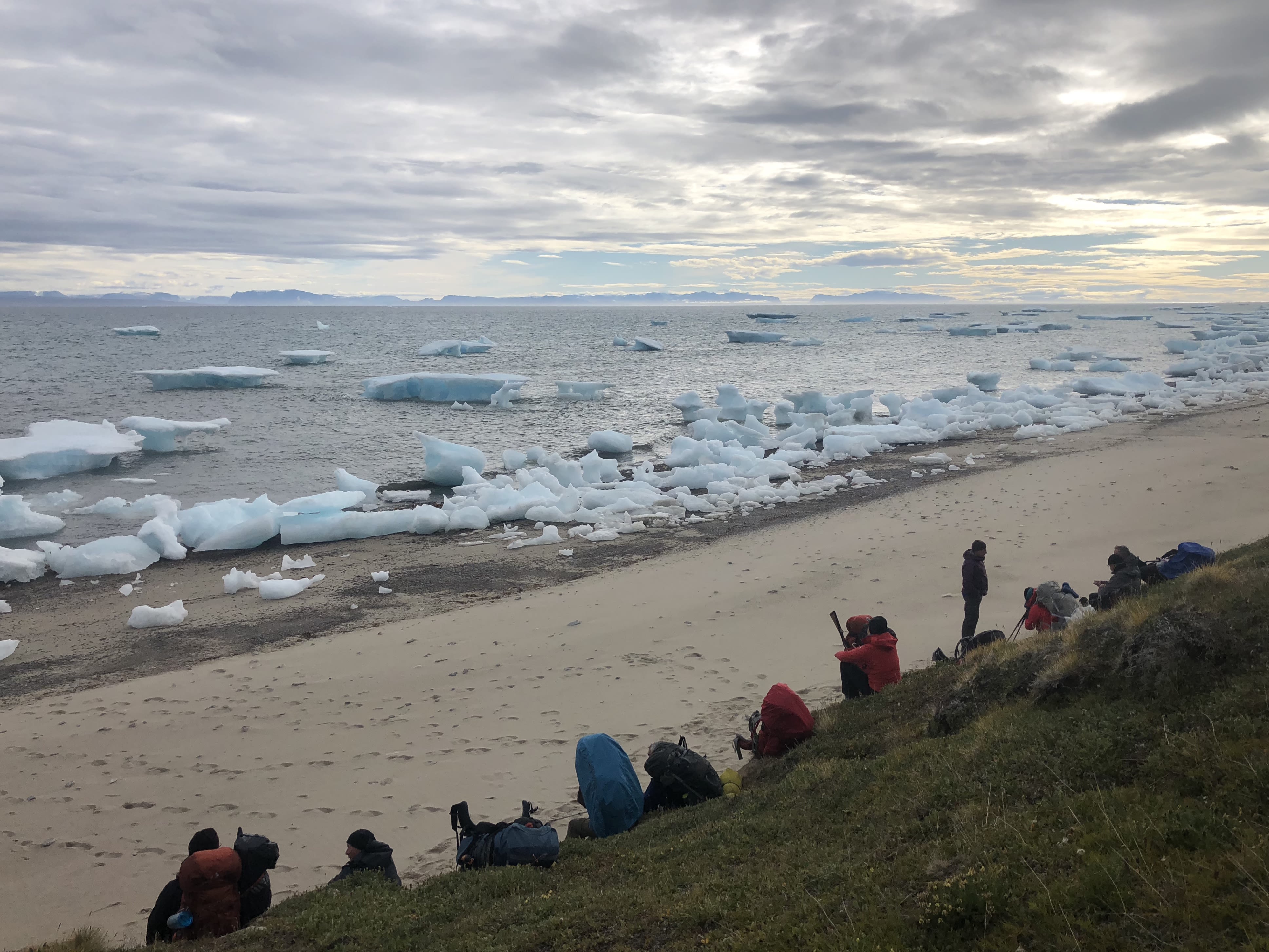
For Candice, the best part of being a guide is the relationships she's formed with her co-workers, guests and the communities she visits.
"The relationships we cultivate with our guests on trips tend to be long-lasting, we have many repeat guests and these guests, for me, have become dear friends," she says.
And, when visiting northern communities, Candice says it is a joy to work with the same people year after year.
"People we rely on to help us with our connection to the community, the land, the people."
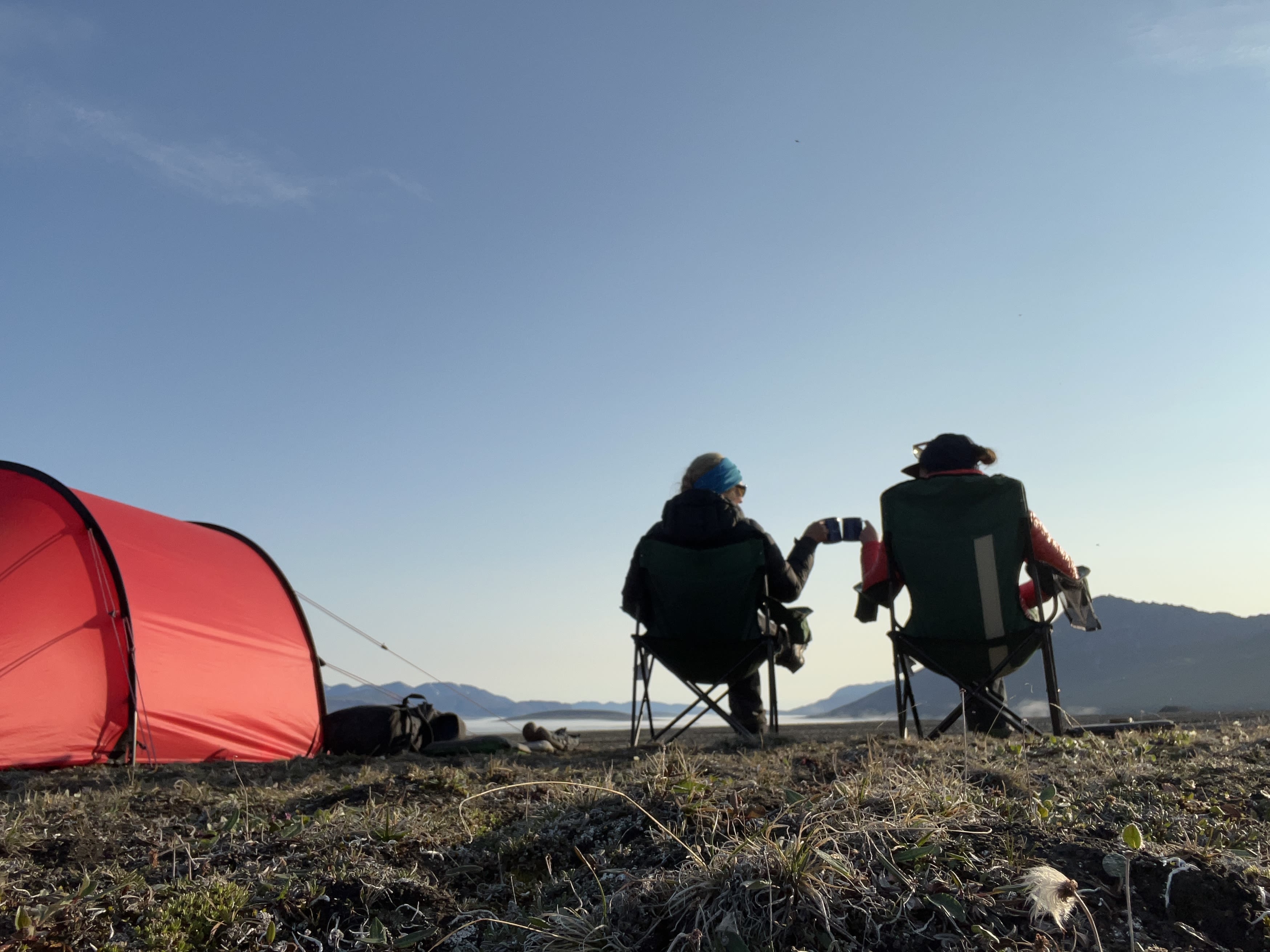
Embrace Canada with Landsby
Landsby creates unique and immersive experiences that not only provide travellers with purposeful and enriching trips but aim to positively impact the communities being explored.
